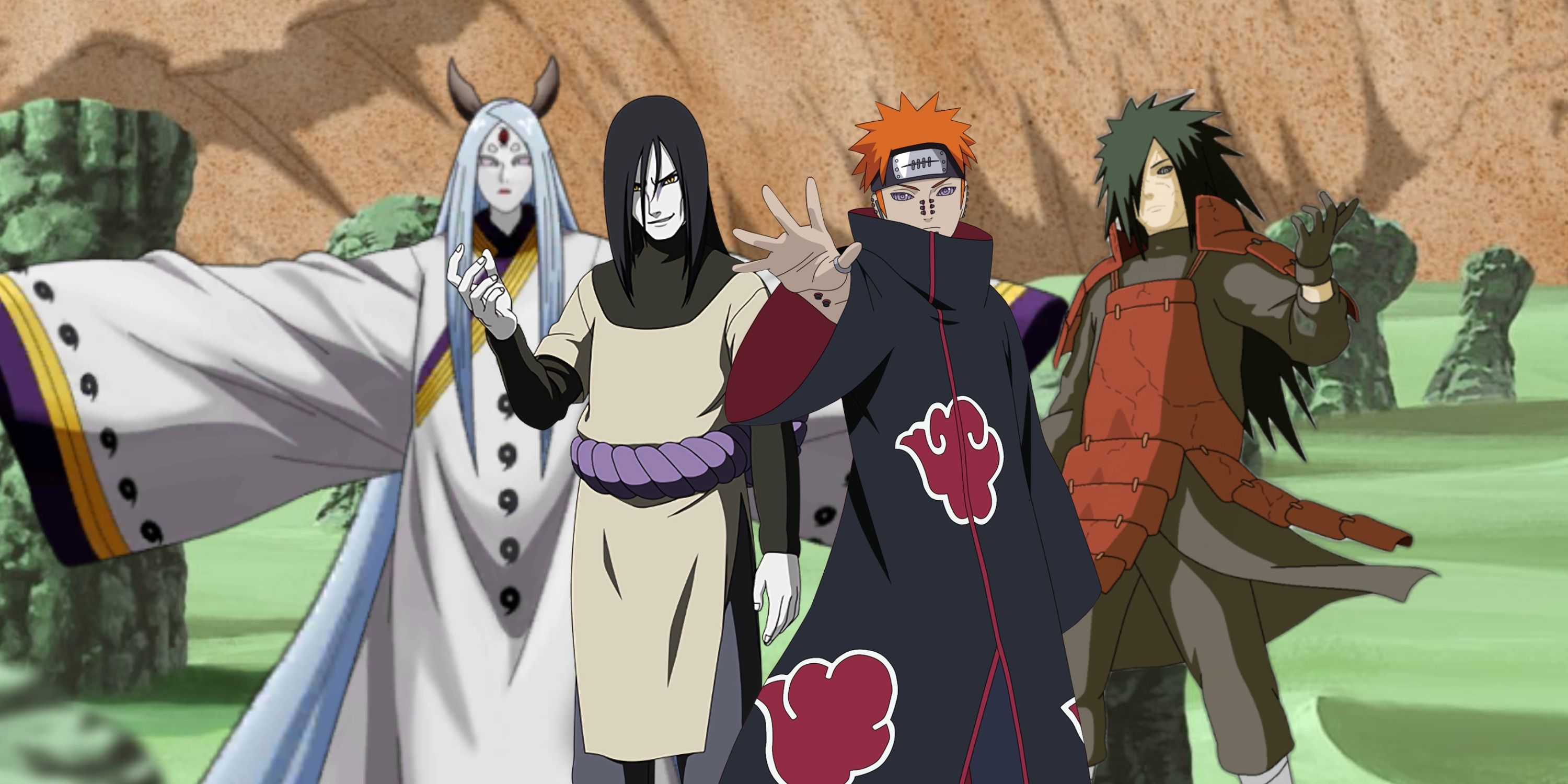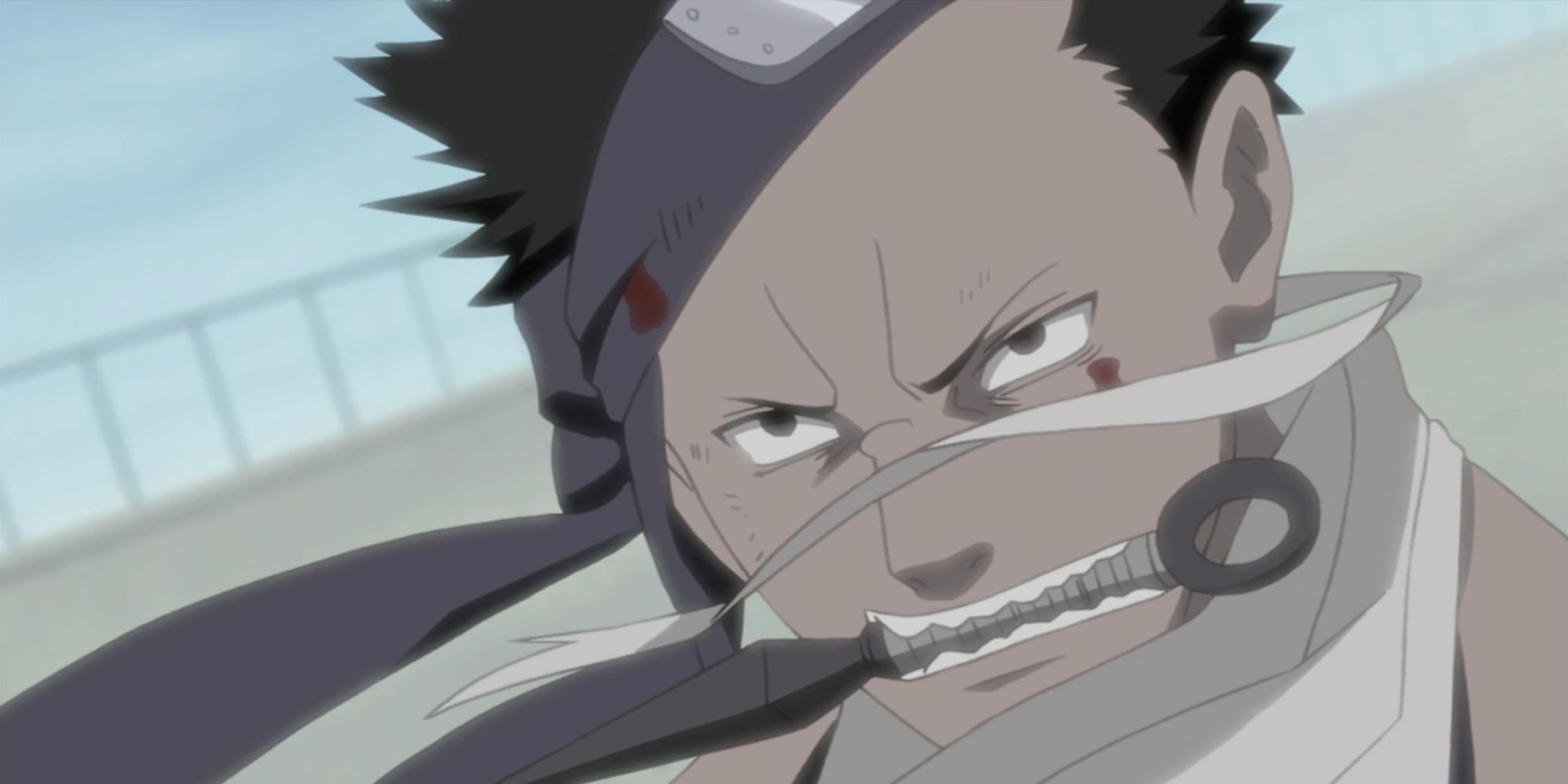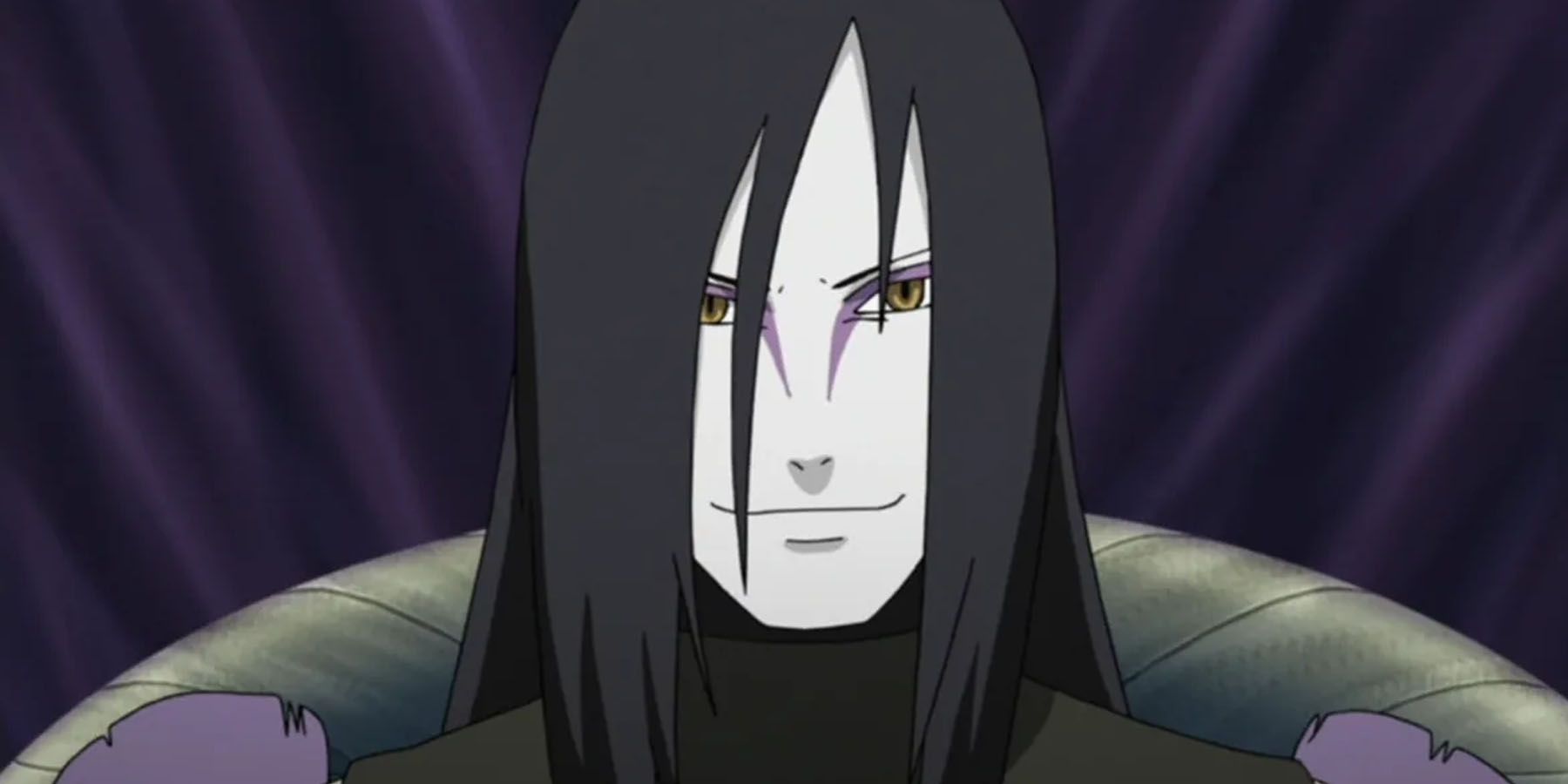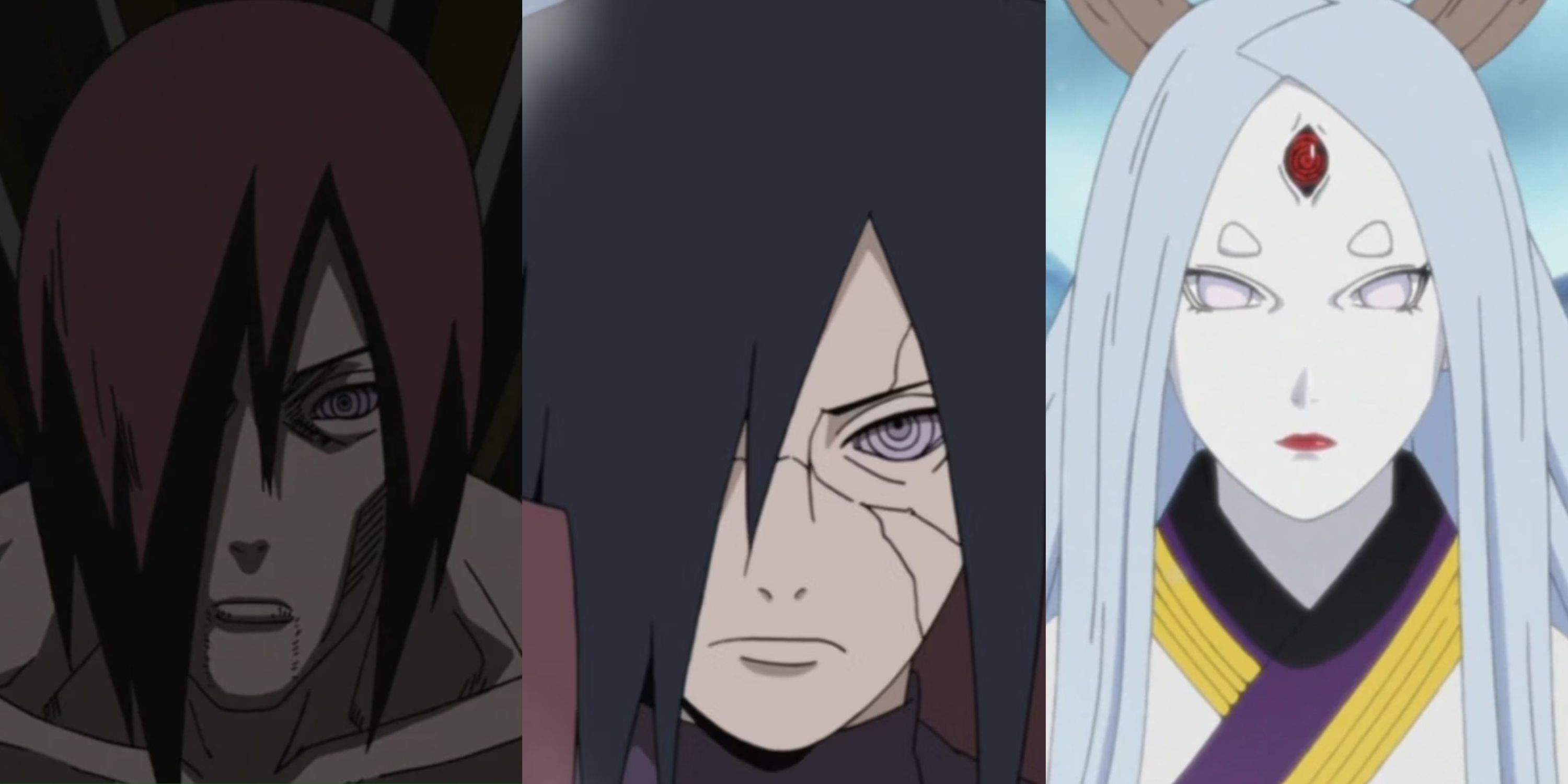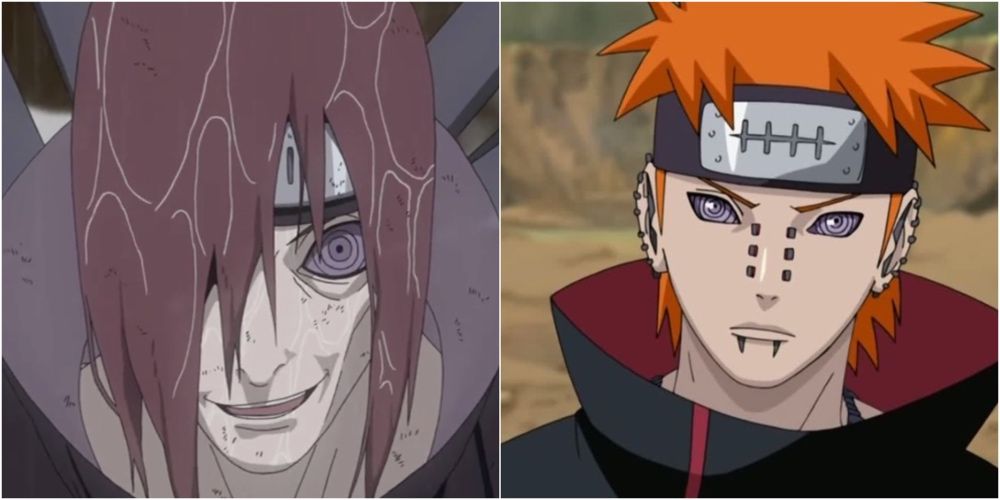Highlights
- Naruto's growth is fueled by the presence of well-developed villains who challenge him to evolve and surpass his limits.
- The criteria for evaluating a good antagonist include striking appearance, well-defined ideals, narrative build-up, satisfying character arc, and the ability to pose a credible threat.
- The best antagonists in Naruto are Zabuza, Orochimaru, Pain, and Madara, with Pain standing out as the most deserving of the title due to his detestation of fighting and desire for peace.
A hero's journey is usually incomplete without the presence of a great villain to challenge them. Masashi Kishimoto's Naruto is filled with a host of incredible antagonists, who were essential catalysts that fueled the growth of the series' titular protagonist. Most of Naruto's villains were written with an exceptional degree of depth, with complex motivations that arose as a consequence of their past trauma.
Naruto Uzumaki's development throughout the series coincided with the introduction of several critical antagonists who forced him to evolve and push beyond his limits. From among the roster of villains in the series, there were a few who stood out above the rest due to their unique character designs, well-structured development, charismatic personalities, strong ideals, and impressive strength, which tested Naruto and molded him into one of the most powerful shinobi in history.
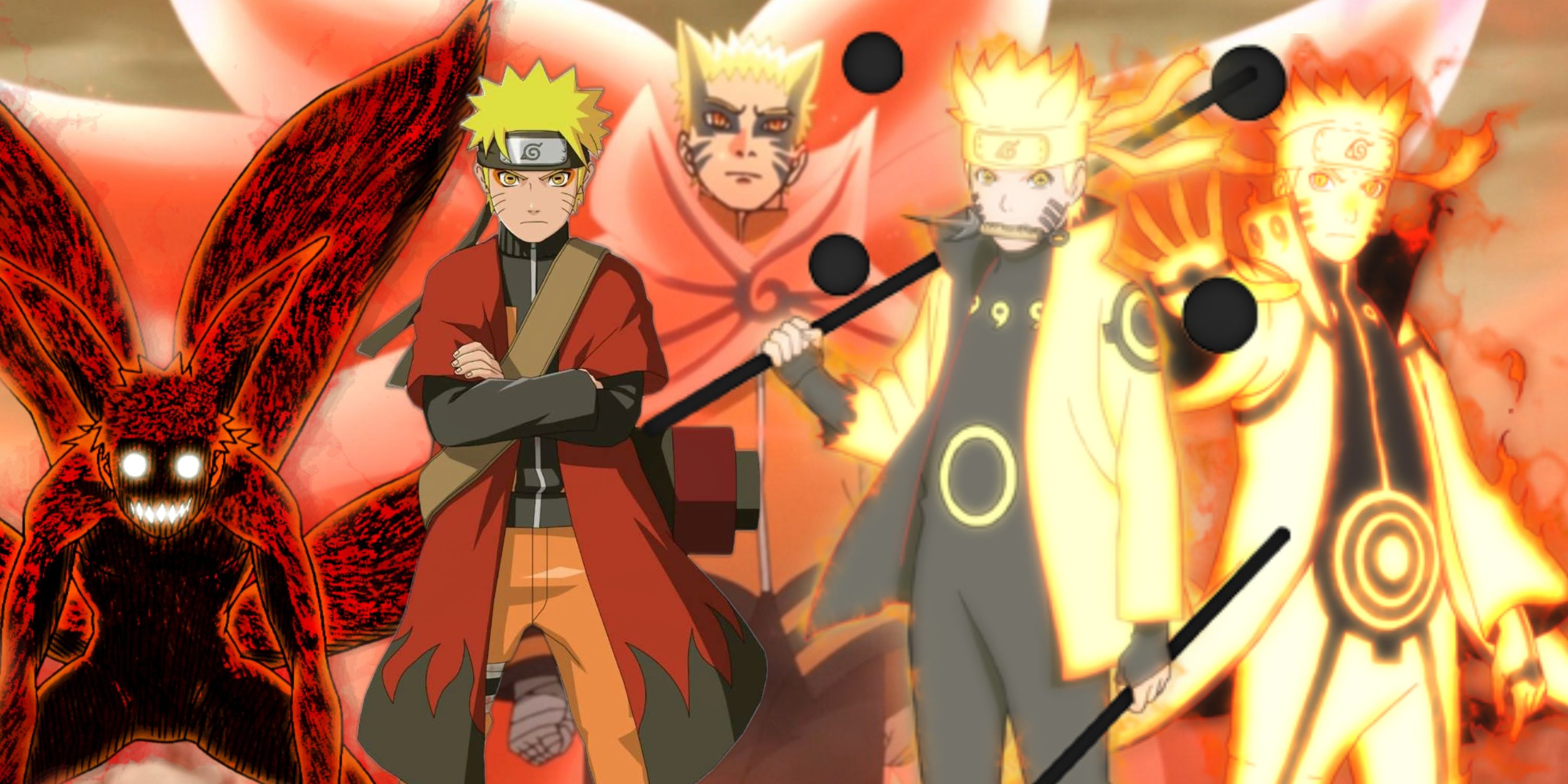
Naruto: What Was Naruto's Best Transformation?
Considering the variety of forms that Naruto attained during his journey, which one them outclassed the rest in terms of power, design, and utility?
What Defines A Good Antagonist?
Naruto's cast is massive even by the standards of most shonen manga and anime series, with a significant volume of it made up by antagonists. Hence, the task of narrowing down the best antagonist in Naruto is only possible after establishing a few ground rules and parameters by which characters can be evaluated.
Naturally, it only makes sense to include major arc antagonists, so minor antagonists such as members of the Akatsuki, or shinobi from rival villages do not make the cut. Anti-hero characters such as Gaara, Itachi Uchiha, and Sasuke Uchiha are also excluded as their contributions to Naruto's story deserve evaluation in a different category.
The criteria that define a good antagonist generally include factors such as a striking appearance, well-defined ideals that challenge the protagonist, a sufficient amount of narrative build up, a satisfying character arc that brings closure to the story, and the ability to pose a genuine and credible threat to their adversary. Lastly, separately analyzing the impact of antagonists from Part I and Part II might be a more feasible method to carry out this comparison, since certain characters underwent considerable changes in their character arcs or had limited narrative impact in later stages of the story.
Evaluating The Antagonists Of Part I
Beginning with the Prologue — Land of Waves Arc, which kicked off the series, the first major antagonist Team 7 encountered in Part I was Zabuza Momochi, a former member of the Seven Ninja Swordsmen of the Mist. Zabuza set a precedent for future antagonists, from his conflicted ideals and twisted worldview, to the manner in which Kishimoto transformed him into a sympathetic character. He also posed a serious threat to Team 7 and Kakashi, by forcing them on the back foot during several instances in the fight.
Although Gaara did have a significant part to play in the Chunin Exams and Konoha Crush Arcs, his threat was relatively overshadowed by a character who was arguably one of the best villains in shonen manga and anime. If Zabuza set the mold for what an antagonist could be, Orochimaru was the one who changed the game altogether. Whereas Zabuza was humanized over the course of his fights against Team 7, Orochimaru was evil personified.
Having dabbled in human experimentation, Orochimaru was the kind of person who would resort to anything to achieve his goal of mastering all ninjutsu, and he embodied terror every time he appeared during the Chunin Exams and Konoha Crush. From his grotesque body switching, menacing mannerisms, taunting remarks, near invulnerability, and exceptional mastery of all forms of ninjutsu, Orochimaru was unmatched for quite some time as the best antagonist in Naruto, until the story went deep into Part II.
How Did Part II Redefine The Series' Villains?
Even after the time skip, Orochimaru continued to be the most prominent antagonist in Naruto in part due to how he manipulated Sasuke Uchiha into joining forces with him to gain more power. The individual members of the Akatsuki who threatened Konohagakure in Part II were still not a real match for his menacing presence, even as they proved to be formidable opponents for the village's finest shinobi to contend with.
However, when Orochimaru was defeated and absorbed by Sasuke, the stage was set for a new contender to enter the fray and turn the notion of an antagonist on its head entirely. For many fans of the series, Pain (Nagato) was its definitive antagonist, and the one who best encapsulated the traits that garnered Naruto acclaim at the peak of its popularity. While his first few appearances shrouded him in mystery, Pain's battle against Jiraiya in Amegakure and the revelation of his Rinnegan were a resounding declaration of the danger he posed.
Pain's assault on and subsequent destruction of Konohagakure, was a calamity of rare proportions in traditional battle shonen manga. That being said, Pain's most memorable feat lay in how he challenged Naruto's idealistic worldview, as someone who had been a victim of war, and saw the evils of the ninja world from a young age. In many ways, his debate with Naruto overshadowed the fight between them — even as the battle was a highlight in the series. Naruto's defeat of Pain after learning Sage Mode, was the moment when he was finally acknowledged as the village's hero — the culmination of a lifelong dream — and it would not have left as much of an impact without an antagonist of Pain's caliber.
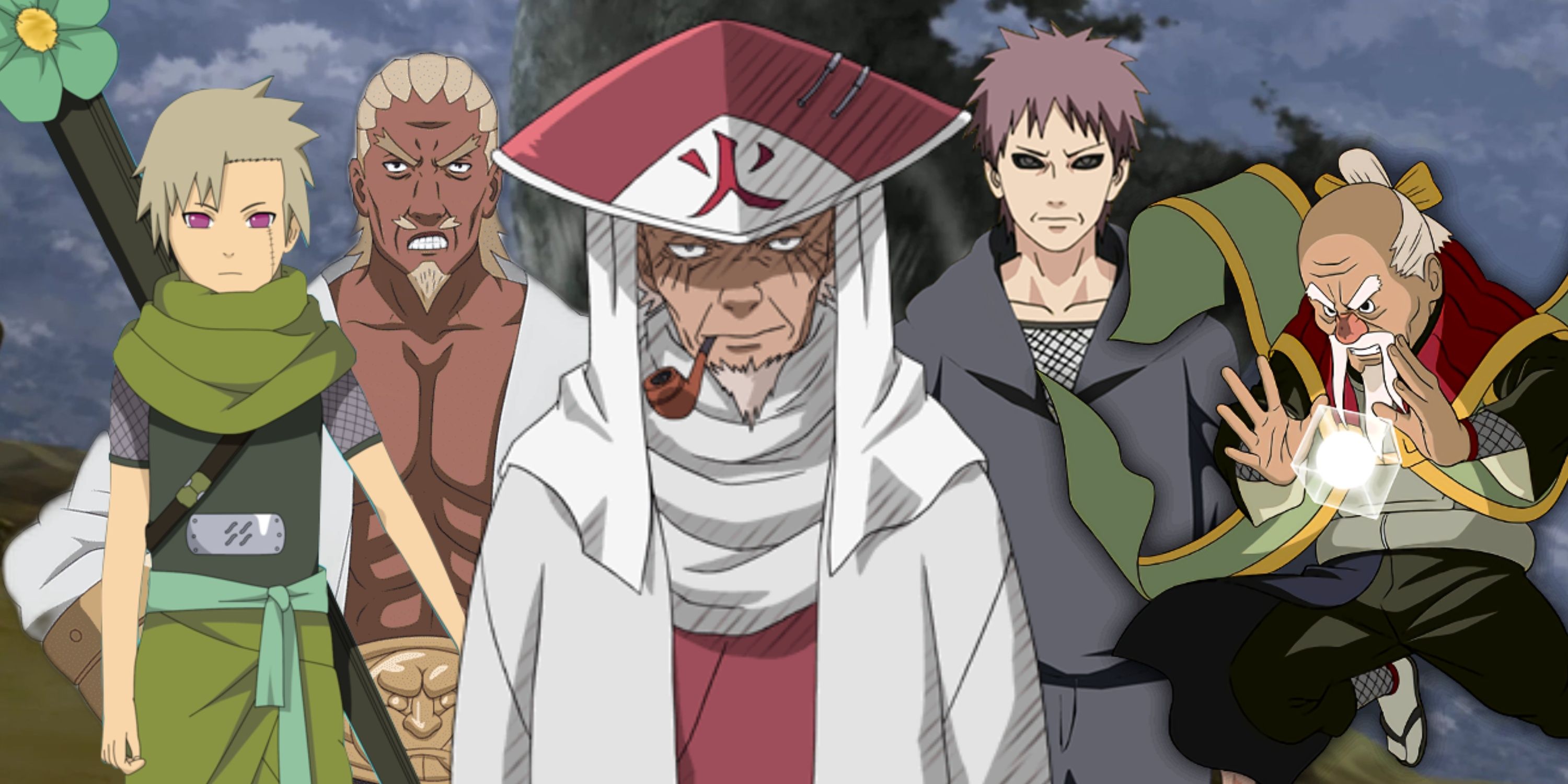
Naruto: Who Was The Longest Serving Kage?
Being a Kage comes with its fair share of risks and many do not survive in the role for much time. So who among them reigned the longest?
Madara Uchiha was another antagonist in a fairly similar mold, as his youthful idealism had been warped by hatred due to the darkness of the shinobi world. The similarities ended there, as Madara's power and Machiavellian cunning were on an entirely different level when compared to Pain. Having manipulated the shinobi world from the shadows for years since his death, Madara was the one who rescued and corrupted a young Obito Uchiha, orchestrated the death of Rin Nohara, awakened his Rinnegan by stealing Hashirama's DNA, set the Eye of the Moon Plan into action, and transplanted his Rinnegan into a young Nagato.
When brought back to life by Kabuto's Summoning: Impure World Reincarnation in the Fourth Shinobi World War, Madara's battle against the Allied Shinobi Forces is still seen as one of the best one-man-army scenes in shonen anime. For a character whose debut had been built up for hundreds of chapters and episodes, Madara did not disappoint in the slightest, and only reinforced his fearsome reputation. He defeated the Five Kage, as well as Naruto and Sasuke, succeeded in becoming the Ten-Tails' jinchuriki, and cast the Infinite Tsukuyomi.
This plan was only thwarted by the arrival of Kaguya Otsutsuki, who took over his body due to Black Zetsu's meddling. Stating that Kaguya was one of the less memorable antagonists is not an unpopular opinion by any standard, which is made even worse by the fact that she was the series' final villain. The novelty of her near divine powers wore off quite quickly, her motives were uncompelling, and her extremely flat character arc did little to improve things. Hence, it is quite easy to discount her as a contender for the title of Naruto's best antagonist, even if she was essential in setting up its sequel, Boruto.
Who Was The Best Antagonist In The Series?
From this diverse roster of villains, the three that stand out most are definitely Orochimaru, Pain, and Madara, due to how each of them brought something new to the table as antagonists, while staying true to the tenets of the role. Unfortunately, Orochimaru's revival and eventual redemption at the end of the series was poorly handled, and it remains a blight on an otherwise memorable character.
Additionally, the conclusion of Madara's time as the main antagonist has also been the subject of much contention, due to how it was a bolt from the blue that made little sense in the long run. This leaves Pain as the only contender who was given a satisfying conclusion in his story arc. Moreover, what sets Pain apart from the rest was that he was an antagonist who truly detested fighting and was motivated by a desire for peace alone, and this is why he is the only one deserving of the title of Naruto's best antagonist.
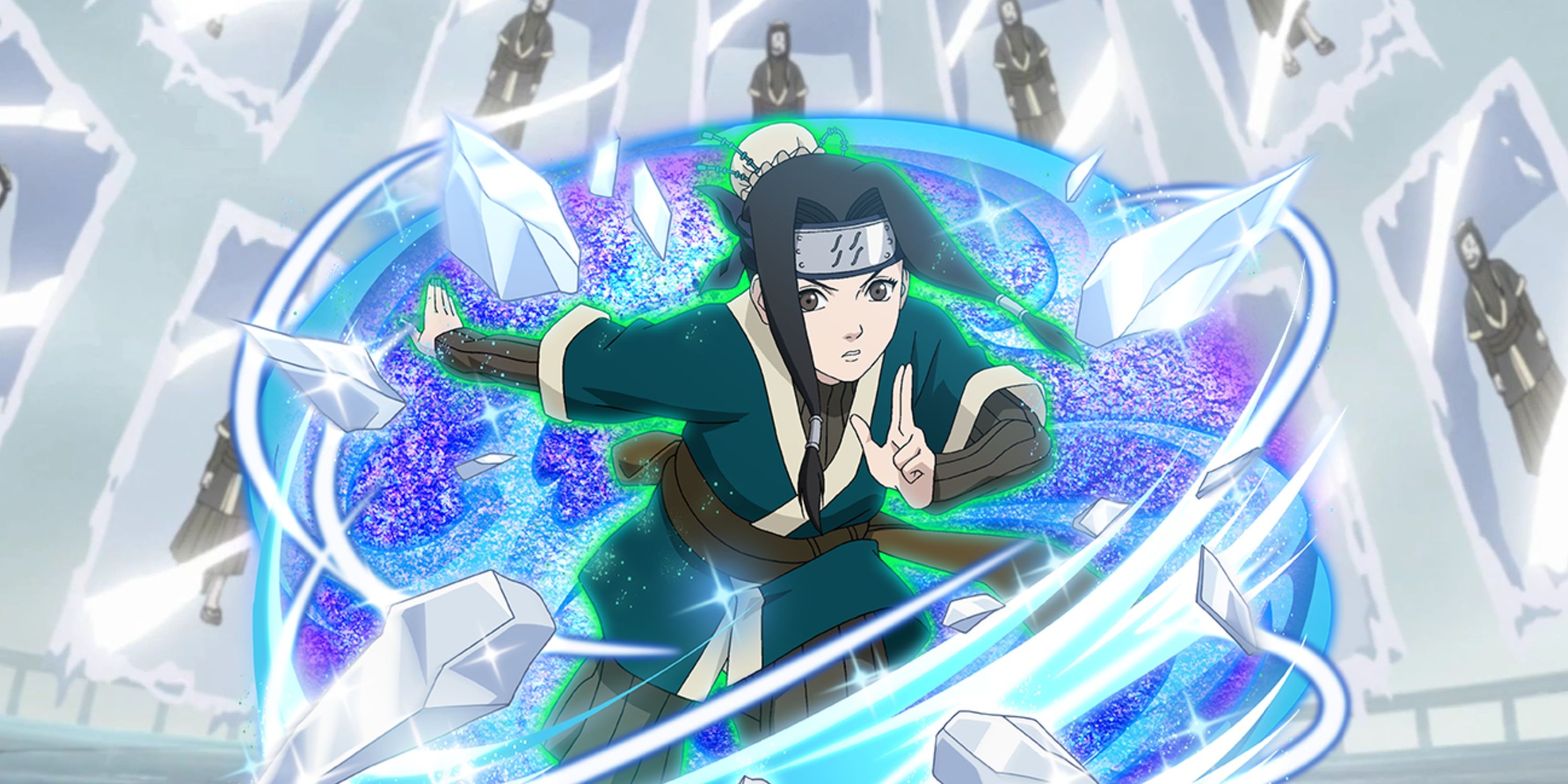
Naruto: Haku’s Ice Release Kekkei Genkai, Explained
Combining Earth and Wind Release, the Yuki Clan's coveted ability is as versatile as it is deadly. Here's how it works.

